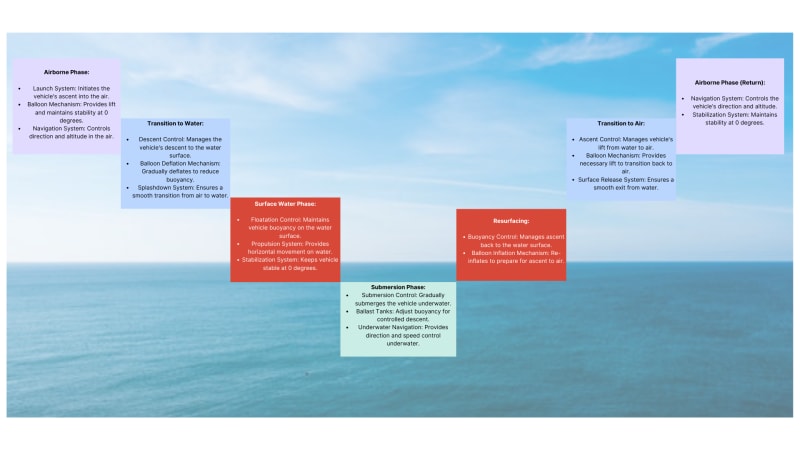
This report details a groundbreaking miniaturized unmanned aerial vehicle (UAV) designed for autonomous operation in both air and water. This amphibious UAV boasts several key innovations:
Multi-Environment Navigation: The miniaturized UAV seamlessly transitions between aerial and underwater exploration, streamlining deployment and operation in aquatic environments.
Enhanced Avionics Protection: A novel watertight and pressurized compartment safeguards critical avionics during submerged operations, enabling extended underwater missions without compromising functionality.
Triboelectric nanogenerators (TENGs) are energy-harvesting devices that convert mechanical energy into electricity using the triboelectric effect. TENGs operate by transferring electrons between materials during contact, generating an electric charge due to differences in electron affinities. These devices are valued for their effective power generation, material versatility, eco-friendly and cost-effective fabrication, and adaptability to various applications, such as wearable electronics, IoT devices, medical equipment, and aerospace technology.
Electrolocation Mine Detection: The miniaturized UAV utilizes electrolocation, a bioinspired technology that mimics the electric field sensing of some fish species. Implementing electrolocation involves equipping the UAV with specialized sensors capable of emitting and detecting electric fields. These sensors create an electric field in the surrounding water and detect disturbances caused by objects, such as buried underwater mines. By analyzing these disturbances, the UAV can accurately locate and identify mines, offering a significant advancement over traditional magnetic detection methods. This technology enhances the UAV's ability to perform precise and reliable underwater mine detection, increasing safety and efficiency in various operations.
The miniaturized UAV requires a confluence of technologies:
Miniaturization: Shrinking essential components like motors, pumps, and sensors is crucial for achieving a compact and agile design that can navigate both air and water.
Material Science: Developing lightweight, high-strength materials is necessary for a structure that can withstand both aerial and underwater stresses.
Biomimetic Sensors: Electrolocation technology requires specialized sensors that can mimic the electric field detection capabilities of certain fish.
The Manufacturability of our miniaturized autonomous UAV is feasible and scalable, leveraging advancements in materials science and precision engineering. Utilizing state-of-the-art waterproofing and pressure-resistant materials, along with compact, high-efficiency electrolocation sensors, ensures robust and reliable performance. Modern manufacturing techniques, such as 3D printing and automated assembly, streamline production while maintaining high quality and consistency. However, challenges such as ensuring seamless integration of complex components, maintaining cost-effectiveness, and achieving rigorous quality control in harsh environmental conditions must be addressed. Collaboration with specialized suppliers for avionics protection components and thorough testing protocols are essential to overcoming these challenges.
The Marketability of our innovative miniaturized autonomous UAV is remarkably strong, given its unique capabilities and wide-ranging applications. Its dual-environment functionality appeals to sectors such as defense, marine biology, and search and rescue operations. The UAV’s ability to detect underwater mines through electrolocation provides a critical advantage in military and security contexts. Furthermore, its robust design, ensuring avionic protection in harsh conditions, makes it a reliable tool for scientific exploration and disaster response. Commercially, the UAV’s versatility and cutting-edge technology position it as a valuable asset for organizations requiring comprehensive surveillance and reconnaissance solutions.
-
Awards
-
 2024 Top 100 Entries
2024 Top 100 Entries
Like this entry?
-
About the Entrant
- Name:Team Aviators International
- Type of entry:teamTeam members:
- Lokesh T
- Akshay Krishnan
- Siddharth Saravanan
- Rohahn Biswas
- Ronak Madkaikar
- Amit Nishal
- Saran Raj
- Rudeep Narayan
- Ashish H
- Patent status:none








